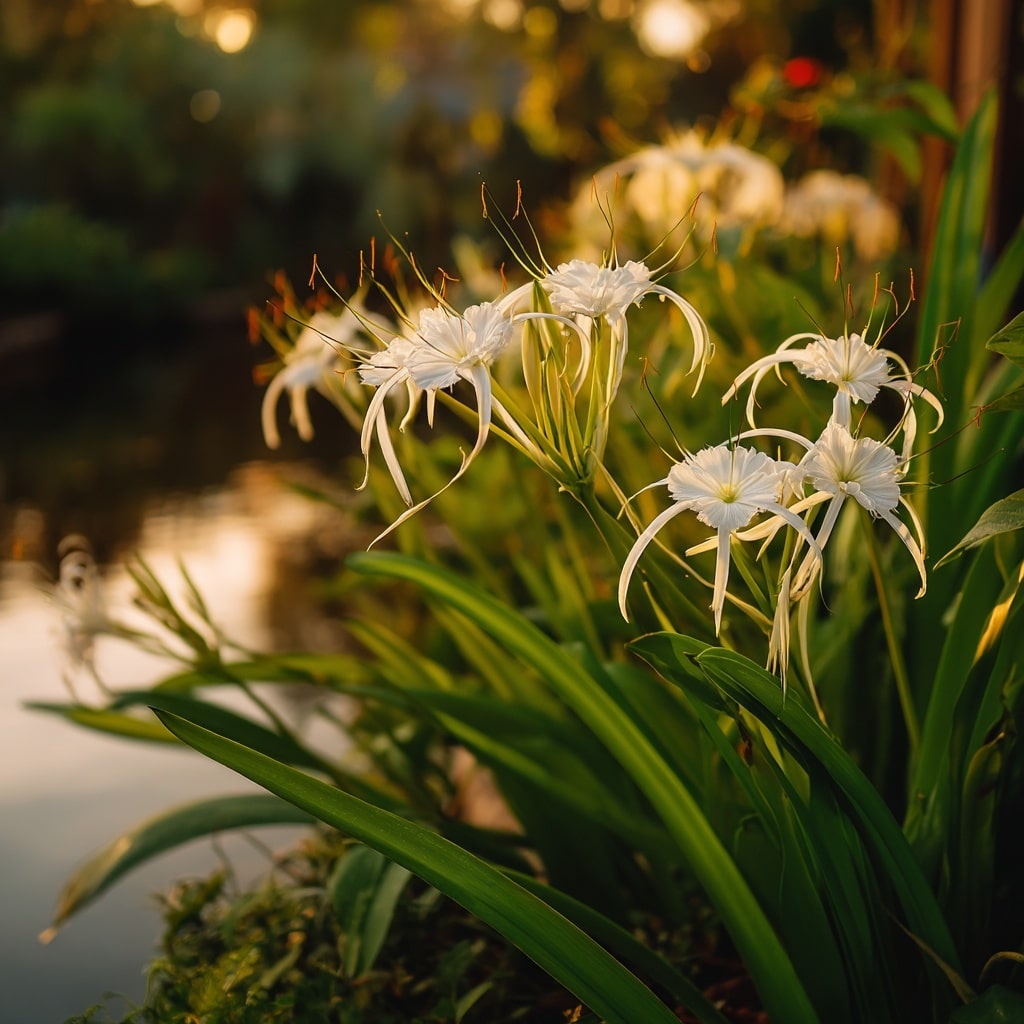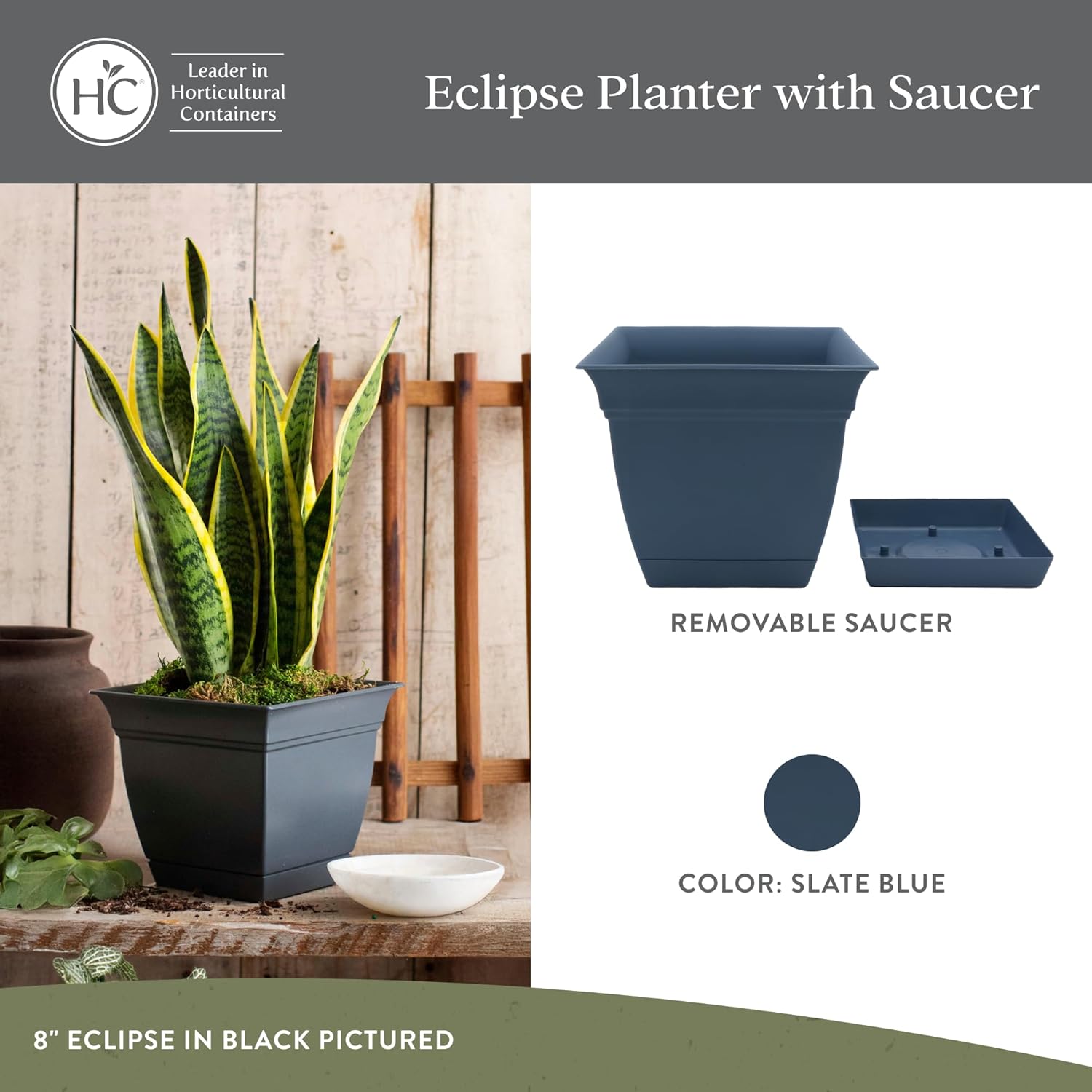Spider Lily is a striking addition to any water garden or moist border, offering dramatic white blooms with a distinctive “green eye” at the center. If you’re looking to plant & grow Texas Spider Lily (Hymenocallis liriosme), this guide walks you through each step—from soil and planting to care and winter protection. Whether you’re new to aquatic or bog plants or already have a pond, understanding how to nurture spider lily will help you enjoy its elegant flowers for seasons to come.
Table of Contents
Texas Spider Lily: Growth, Hardiness & Climate
The Spider Lily (Hymenocallis liriosme) thrives in warm, humid climates and is native to the southeastern United States, particularly along the Gulf Coast. This perennial bulbous plant is admired for its elegant white, spider-shaped flowers and long, strap-like leaves that provide a lush, tropical appearance even when it’s not in bloom.
Spider Lily prefers USDA hardiness zones 7 through 11, where temperatures stay mild during winter. It flourishes in moist to wet soils, making it an excellent choice for pond edges, rain gardens, and boggy areas. The plant tolerates full sun to partial shade but produces the best blooms with at least 6 hours of sunlight daily.
During its growing season (spring to summer), the Spider Lily develops clusters of fragrant, star-like flowers on tall stems that rise above the foliage. These blooms typically appear from late spring through midsummer, filling the garden with a delicate fragrance. Once established, Spider Lily becomes quite resilient, capable of enduring occasional droughts or flooding without much fuss—making it a low-maintenance favorite among water garden enthusiasts.
How to Plant Texas Spider Lily in Ponds (or Near Water)
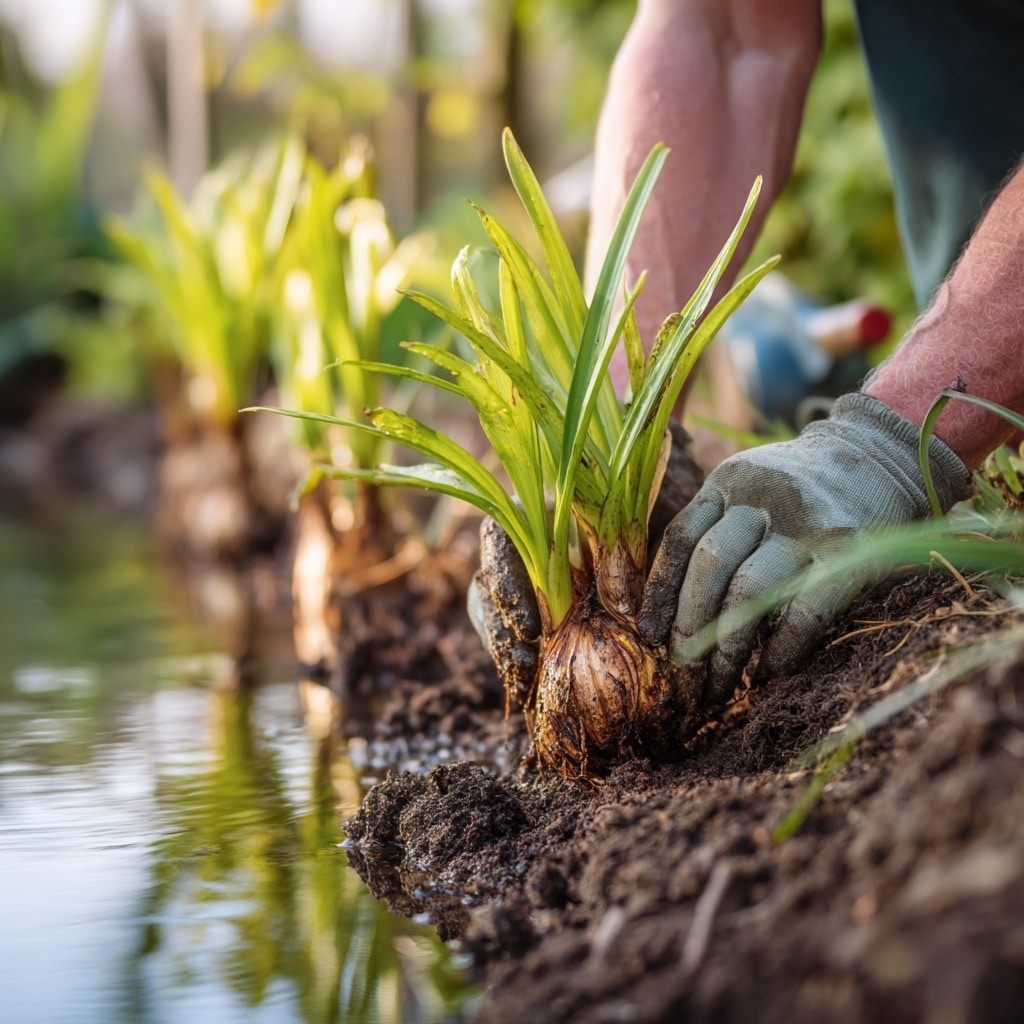
Planting Spider Lily correctly ensures healthy growth and long-lasting blooms. Since this species naturally thrives in moist environments, it’s ideal for pond margins, rain gardens, or areas with consistently damp soil.
1. Choose the Right Location
Select a sunny or partially shaded spot where the soil remains moist but not waterlogged. If planting in a pond or water feature, position the bulbs on the edge or shallow shelf, allowing the crown of each bulb to sit just above the water level. This setup provides oxygen to the roots while maintaining the moisture Spider Lily needs.
2. Prepare the Soil
Spider Lily prefers rich, loamy soil with excellent drainage. Mix in organic compost or well-rotted manure before planting to enhance fertility and water retention. Avoid heavy clay or overly sandy soil unless amended with organic matter.
3. Planting Depth and Spacing
Place bulbs 3–4 inches deep, ensuring the pointed ends face upward. Space them 8–12 inches apart to allow room for spreading. When planting in containers for ponds, use wide, shallow pots filled with aquatic planting medium or loam-based soil.
4. Watering and Initial Care
After planting, water generously to settle the soil around the bulbs. Keep the area consistently moist—Spider Lily bulbs should never completely dry out. If growing in containers, top up the water regularly to maintain the right level around the plant base.
5. Fertilizing
Feed the plants every 4–6 weeks during the growing season with a balanced, slow-release fertilizer or a diluted liquid feed. This promotes robust leaf growth and abundant flowering.
With proper planting and early care, your Spider Lily bulbs will establish quickly and begin producing vibrant blooms in their first season.
How to Care for Texas Spider Lily
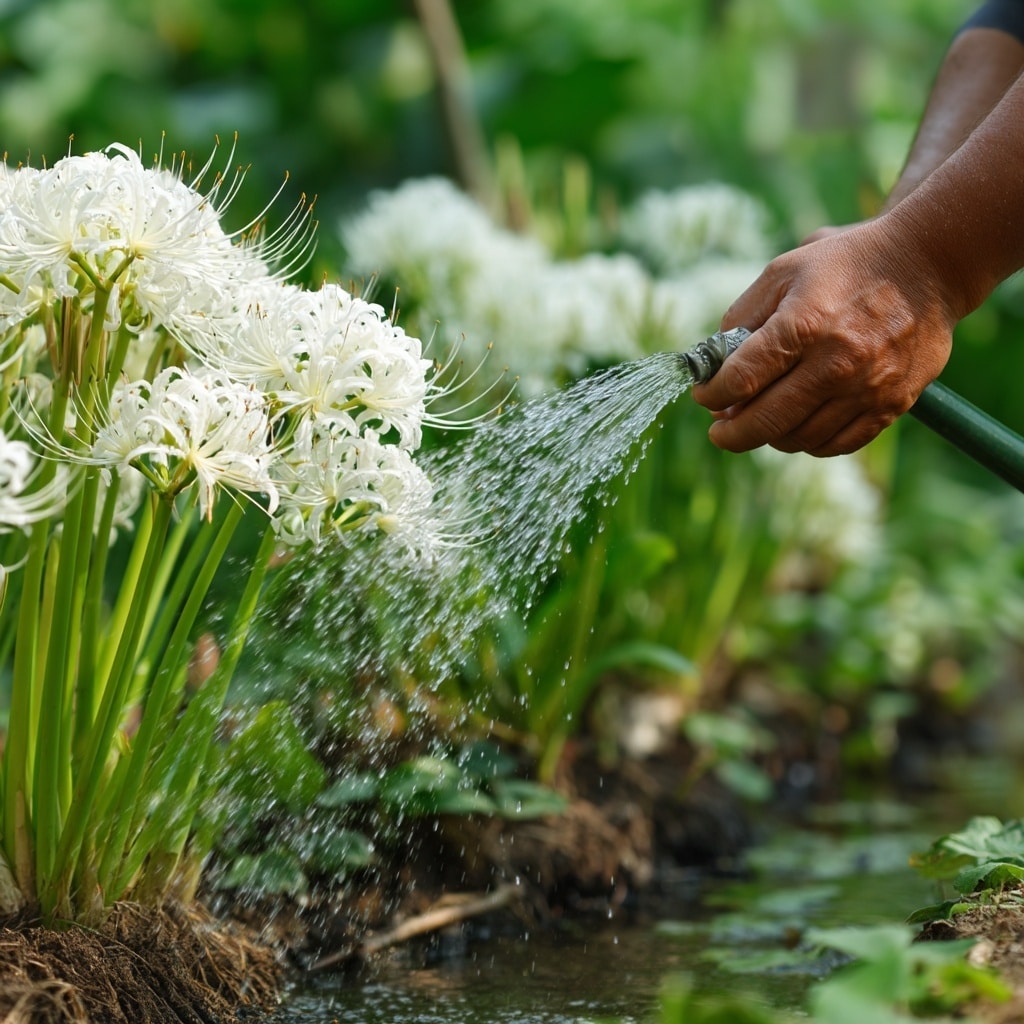
Once planted, Spider Lily requires minimal upkeep to stay vibrant year after year. Its hardy nature and love for moisture make it one of the easiest flowering perennials to maintain in wetland or pondside settings.
1. Watering
Keep the soil consistently moist, especially during active growth from spring through summer. If the plant is in a pond, ensure that the bulb crown remains above water. In garden beds, deep watering twice a week is ideal during dry spells. Avoid letting the soil dry out completely, as this can cause the leaves to wither and affect flowering.
2. Light Requirements
Spider Lily thrives in full sun to partial shade. It blooms most prolifically when exposed to at least 6 hours of sunlight daily. In hotter regions, a bit of afternoon shade helps protect the leaves from scorching.
3. Feeding and Fertilizing
Apply a balanced, slow-release fertilizer (10-10-10) once every 6–8 weeks during the growing season. For pond-grown lilies, use aquatic plant fertilizer tablets pushed into the soil near the roots. Stop fertilizing in late summer as the plant prepares for dormancy.
4. Pruning and Deadheading
Trim away any yellowing or damaged leaves to maintain a tidy appearance. Once the flowers fade, cut back the spent flower stalks to encourage new growth and prevent seed formation, allowing the plant to conserve energy for next year’s blooms.
5. Pests and Diseases
Spider Lilies are relatively pest-free but occasionally attract aphids or snails. A gentle spray of water or a mild insecticidal soap will manage aphids. To deter snails, consider surrounding the base with crushed eggshells or using safe slug pellets. Ensure good airflow around the plant to prevent fungal issues like leaf spot.
6. Mulching
Apply a 2-inch layer of organic mulch (such as pine bark or compost) around the base to retain soil moisture and regulate temperature. This also suppresses weeds and reduces evaporation during the hot months.
With proper care, your Spider Lily will produce stunning blooms every year and require very little intervention beyond routine watering and trimming.
How to Overwinter / Winter Care for Spider Lily
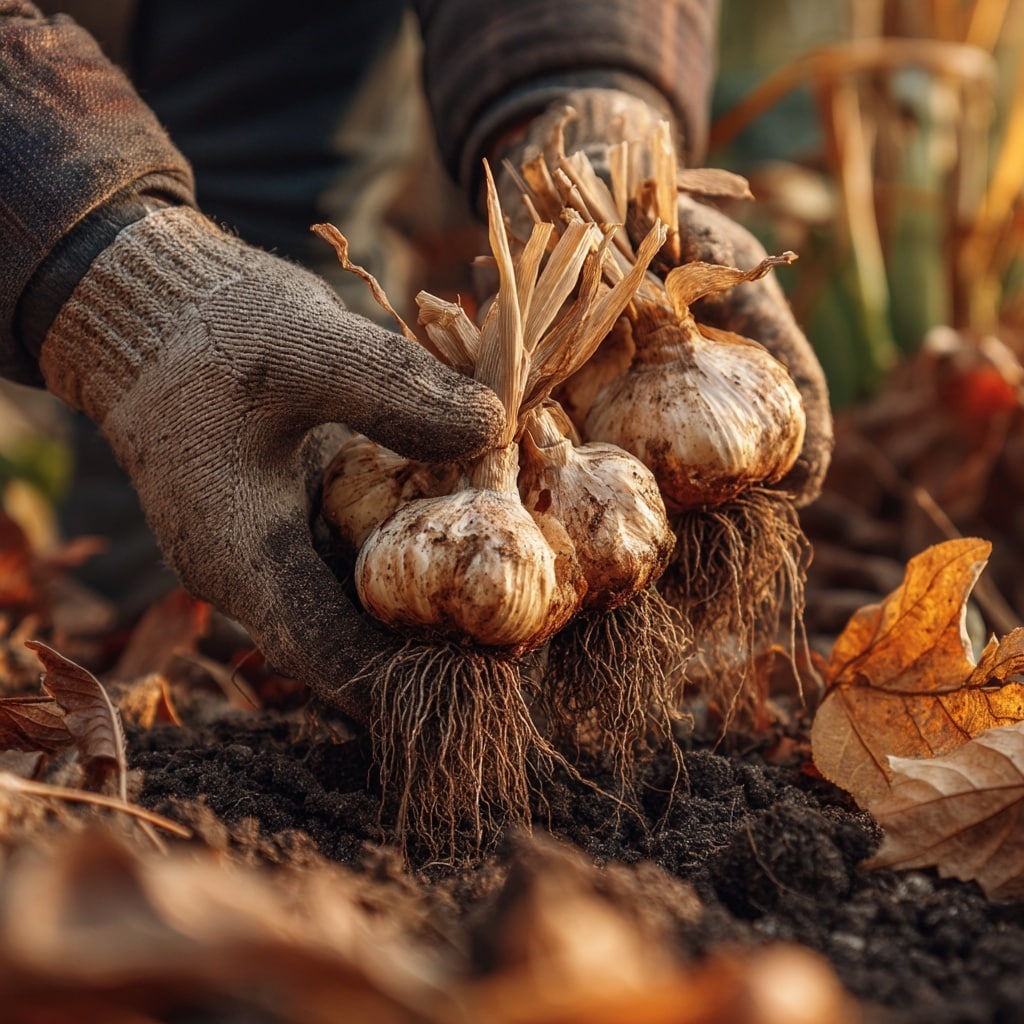
Proper winter care ensures your Spider Lily bulbs remain healthy and ready to bloom again in spring. While this plant is hardy in warmer zones, it benefits from extra protection when temperatures drop below freezing.
1. In Mild Climates (Zones 8–11)
In warm, frost-free areas, Spider Lilies can remain outdoors year-round. As the foliage begins to die back in late fall, simply reduce watering but don’t allow the soil to dry out completely. Add a layer of mulch or straw (about 2–3 inches thick) to protect the bulbs and regulate soil temperature through the cooler months.
2. In Cooler Climates (Zones 7 and Below)
If you live in a region where winter temperatures regularly dip below 25°F (-4°C), it’s best to lift and store the bulbs before frost arrives. Here’s how:
- Carefully dig up the bulbs after the foliage has yellowed and died back.
- Rinse off any soil and allow the bulbs to dry for a day or two in a shaded, airy location.
- Store them in dry peat moss or sawdust inside a paper bag or cardboard box.
- Keep the bulbs in a cool, dark place (around 50–60°F / 10–15°C) until spring planting.
3. For Pond-Grown Spider Lilies
If your plants grow along a pond edge, you can move the pots deeper into the pond, below the freeze line, during winter. This method protects the bulbs from frost while maintaining moisture. When spring returns, bring them back to shallower water to encourage new growth.
4. Dividing and Replanting
Every 3–4 years, divide overcrowded clumps in early spring before new growth appears. Replant healthy bulbs about 8–12 inches apart, ensuring the crowns are level with the soil surface. Division helps maintain vigorous blooming and prevents overcrowding.
Proper winter preparation allows your Spider Lily to rest during the cold season and burst back into vibrant bloom once warmer days return.
Toxicity, Invasiveness & Safety

While Spider Lily is a captivating and hardy addition to any garden, it’s important to understand its safety and environmental impact before planting it near pets, children, or natural waterways.
1. Toxicity to Pets and Humans
All parts of the Spider Lily—especially the bulbs—contain lycorine, an alkaloid that can be toxic if ingested. Symptoms of poisoning in pets or humans may include nausea, vomiting, diarrhea, or drooling.
To ensure safety:
- Wear gloves when handling or dividing bulbs to avoid skin irritation.
- Keep bulbs out of reach of curious pets and children.
- If you suspect ingestion, contact a veterinarian or poison control center immediately.
Despite its toxicity, the plant is safe to grow in decorative landscapes or water gardens when basic precautions are followed.
2. Invasiveness
Spider Lily (Hymenocallis liriosme) is not considered invasive in most regions. It spreads slowly through bulb offsets, forming natural clumps over time. You can easily manage its growth by dividing mature clusters every few years. In controlled environments like pond edges or containers, it remains beautifully contained and non-aggressive.
3. Environmental Benefits
Though mildly toxic, the plant plays a positive ecological role in wetland habitats. Its fragrant blooms attract pollinators such as bees and butterflies, supporting local biodiversity. Moreover, its roots help stabilize soil near water bodies, reducing erosion and improving water quality in garden ponds.
By maintaining a balance between placement and care, you can safely enjoy the Spider Lily’s beauty without worry of harm or overgrowth.
Where to Buy Spider Lily & Propagation
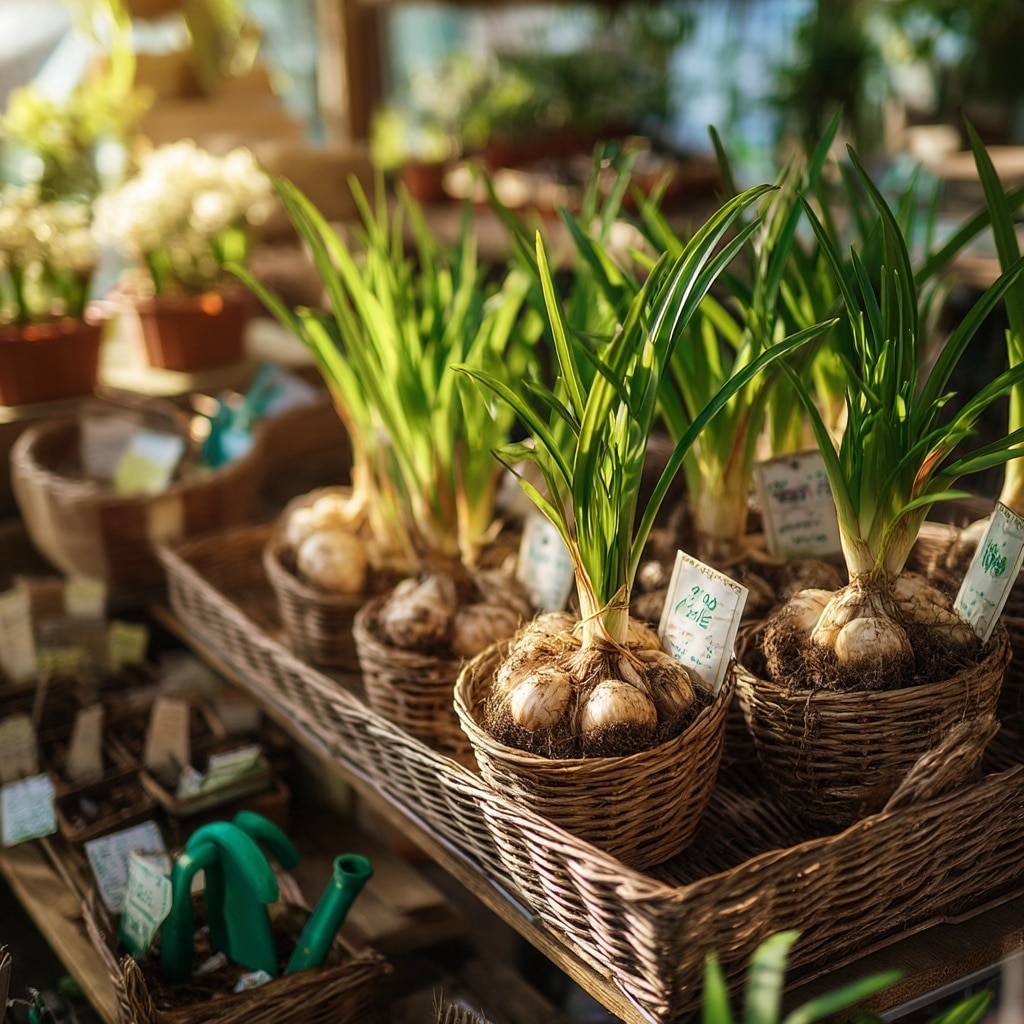
Finding Spider Lily bulbs or mature plants is relatively easy, as they are popular among pond and wetland gardeners. Whether you’re shopping locally or online, choosing high-quality bulbs will ensure strong growth and vibrant blooms for years.
1. Where to Buy Spider Lily
You can purchase Texas Spider Lily bulbs from:
- Local garden centers or nurseries that specialize in aquatic or native plants.
- Online garden retailers like Brent & Becky’s Bulbs, American Meadows, or Etsy garden sellers.
- Aquatic plant suppliers for water garden setups—these often offer bulbs suitable for shallow ponds or containers.
When buying, look for bulbs that are firm, plump, and free from mold or soft spots. Avoid dried-out or damaged ones, as they may fail to sprout.
2. Propagation Methods
Spider Lily can be propagated through bulb division or seed planting, although division is the most effective method for home gardeners.
- Bulb Division:
Every 3–4 years, dig up established clumps during early spring or after flowering. Gently separate the smaller offset bulbs from the main clump and replant them immediately. Each division should have a few roots attached for quick establishment. - From Seeds:
While growing from seeds is possible, it’s a slow process that can take 3–5 years before flowering. Sow seeds in a moist, loamy mix and keep them warm (70–75°F / 21–24°C). Keep the soil evenly moist until seedlings emerge.
3. Companion Planting
Spider Lily pairs beautifully with Louisiana iris, pickerelweed, and dwarf cattails, creating lush and colorful pond margins. For dry garden borders, it complements daylilies or canna lilies, providing texture and height contrast.
With proper propagation and thoughtful placement, your garden will quickly fill with the delicate, star-like blooms that make the Spider Lily a show-stopper in any wetland or ornamental garden.
Conclusion
The Spider Lily (Hymenocallis liriosme) is one of the most elegant and dependable plants you can grow around ponds or moist garden areas. With its star-shaped white flowers, lush green foliage, and delicate fragrance, it adds both beauty and serenity to any landscape. Once established, it asks for little more than consistent moisture and a touch of sunlight.
Whether you’re enhancing a backyard pond, decorating a garden border, or creating a natural wetland feature, planting Spider Lily brings long-lasting visual appeal and low-maintenance charm. Follow the simple care and seasonal maintenance tips in this guide, and you’ll enjoy its stunning blooms year after year.


